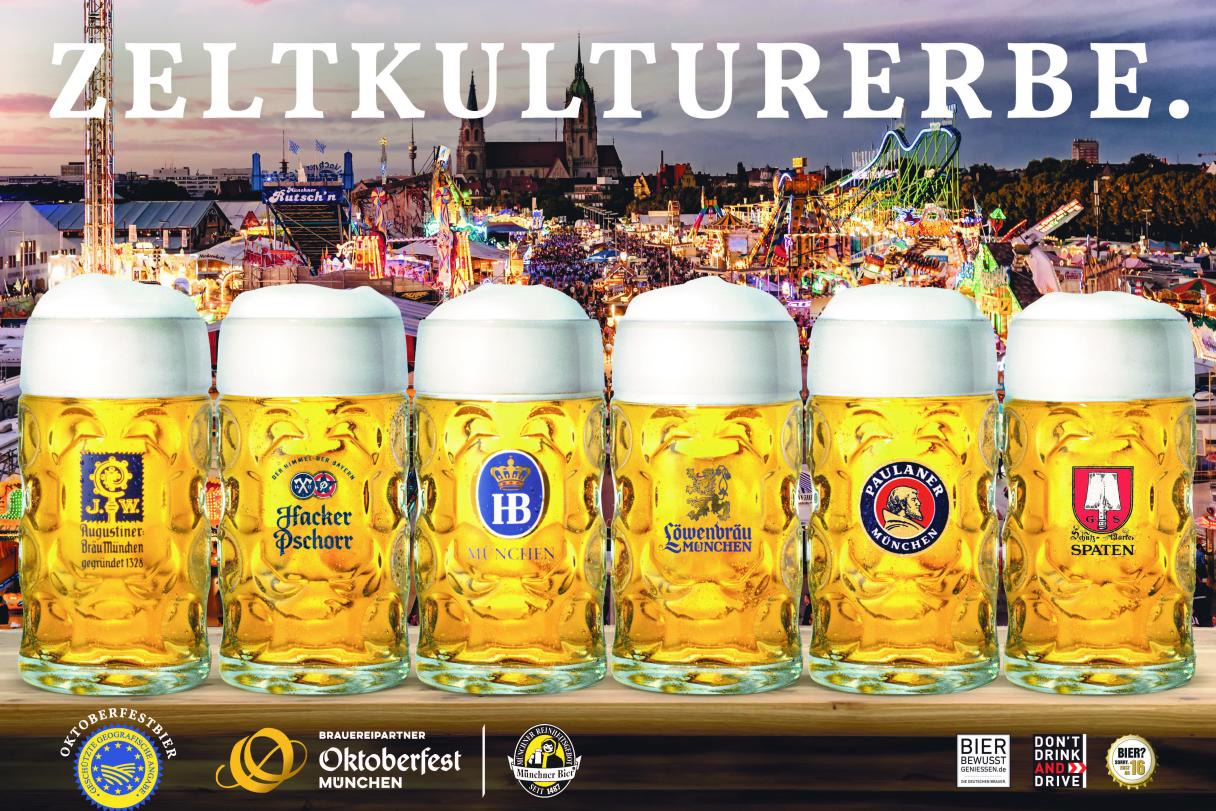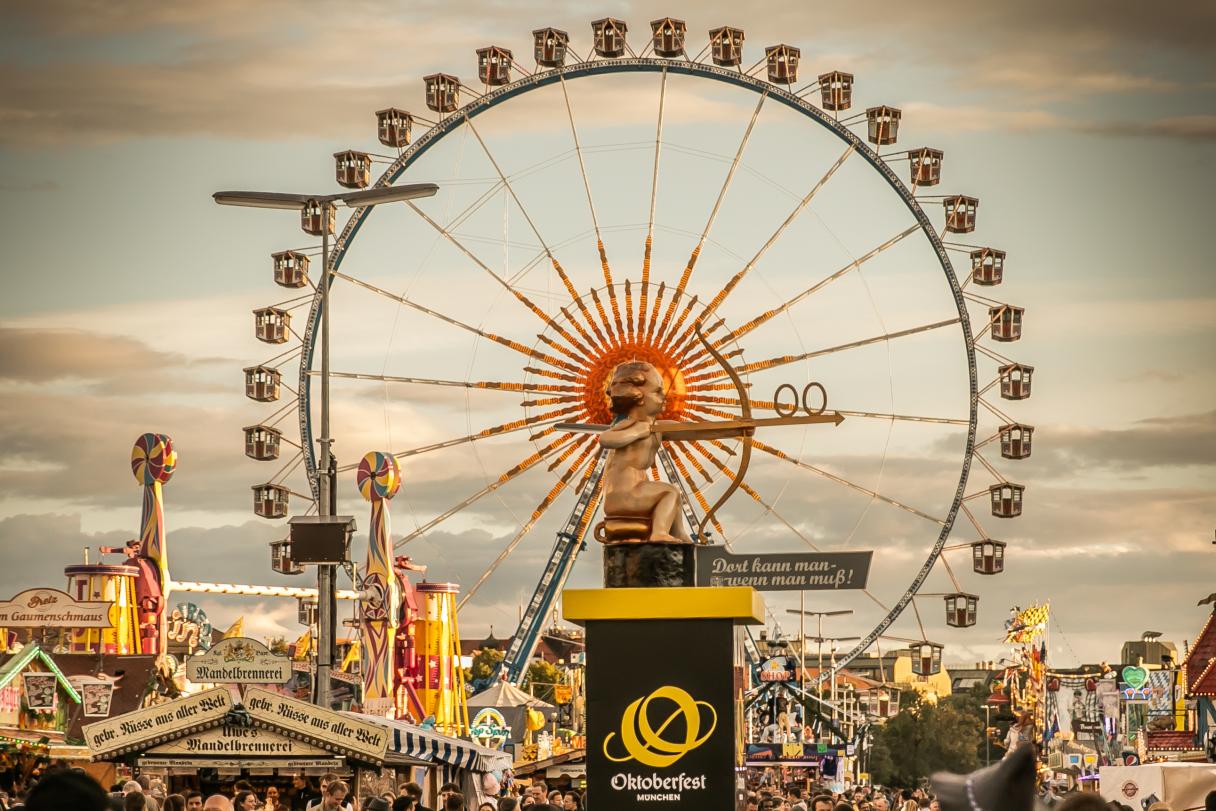Beer has been a beloved beverage across the globe for centuries, but no two regions showcase the diversity of beer quite like American beer and European beer. Each has its own brewing traditions, styles, and cultural significance that reflect their unique histories and tastes. Whether you’re a craft beer enthusiast or a casual drinker, understanding the differences between American beer and European beer can deepen your appreciation for this versatile drink. Let’s dive into what sets these two beer worlds apart.
1. Brewing History and Tradition
European beer boasts some of the oldest brewing traditions in the world. Countries like Germany, Belgium, and the Czech Republic have been perfecting their craft for centuries, with many breweries following age-old recipes passed down through generations. For example:
- Germany’s Reinheitsgebot (the Beer Purity Law of 1516) mandated that beer could only contain water, barley, and hops, emphasizing simplicity and quality.
- Belgium is famous for its Trappist beers, brewed by monks in monasteries, and its unique sour ales and lambics.
In contrast, American beer history is much younger, but it has undergone a significant transformation. While mass-produced lagers dominated the U.S. market for much of the 20th century (think Budweiser and Coors), the craft beer revolution in the 1980s sparked a surge of innovation. American brewers, unburdened by strict traditions, began experimenting with bold flavors, unique ingredients, and new styles.
2. Flavor Profiles and Styles
When it comes to flavor, European beers tend to prioritize balance and tradition. Styles like:
- German lagers (e.g., Pilsners, Helles) are known for their clean, crisp, and refreshing taste.
- Belgian ales offer complex, fruity, and spicy flavors due to unique yeast strains.
- British bitters and porters provide malty, earthy tones with lower carbonation.
On the other hand, American beers are often characterized by bold, experimental flavors. The rise of the American IPA (India Pale Ale) introduced strong hop bitterness, citrusy notes, and high alcohol content to the mainstream. American brewers love pushing the envelope with:
- Double and Triple IPAs for intense hop lovers.
- Pastry stouts with flavors like chocolate, coffee, and even dessert-inspired ingredients.
- Fruited sours and milkshake IPAs that blend sweet, sour, and creamy profiles.
3. Brewing Innovation vs. Tradition
European breweries typically focus on perfecting classic recipes and maintaining tradition. Many of these breweries have been operating for hundreds of years and have built reputations based on consistency and craftsmanship. The focus is often on mastering specific styles and maintaining high-quality standards over time.
In contrast, American craft breweries are known for innovation and creativity. Without strict historical guidelines, American brewers are more likely to experiment with new techniques, unusual ingredients (like peanut butter, chili peppers, or even glitter), and hybrid styles. This has led to the creation of entirely new categories of beer that have influenced brewers worldwide.
4. Alcohol Content and Serving Sizes
European beers often have lower alcohol content, especially in countries like the UK, where session beers are popular. These beers are designed to be enjoyed over extended periods without overwhelming the drinker. For example:
- British ales and bitters usually range from 3-4.5% ABV.
- German lagers typically hover around 4-5% ABV.
American beers, particularly in the craft scene, tend to have higher ABV (Alcohol by Volume). IPAs frequently exceed 6-7% ABV, with imperial stouts and barleywines reaching 10% or more. This reflects the American preference for bold, intense experiences.
5. The Beer Culture: Social vs. Experimental
In Europe, beer culture is deeply intertwined with social and cultural traditions. Pubs in the UK and beer gardens in Germany serve as community hubs where people gather for conversation, food, and, of course, beer. Festivals like Oktoberfest celebrate beer in grand, time-honored fashion, focusing on traditional styles like Märzen.
In America, beer culture revolves around innovation and experimentation. The craft beer scene has given rise to breweries that function as creative hubs, constantly releasing new, limited-edition beers. Beer festivals in the U.S. often highlight unique and experimental brews, and taprooms encourage drinkers to sample small-batch offerings.
6. Packaging and Presentation
European beers are traditionally served in glass bottles or draught form, often in iconic glassware that matches the beer style—like the tulip-shaped glass for Belgian ales or the stein for German lagers.
American breweries have popularized canned beer, even for craft styles. Cans are convenient, lightweight, and help protect beer from light exposure. Plus, many American craft breweries use vibrant, artistic labels that reflect their creative approach to brewing.
Final Thoughts: A Matter of Taste
Both American and European beers offer something special, and choosing between them comes down to personal preference. If you love classic, well-balanced styles with centuries of history, European beers will feel like home. But if you crave bold flavors, experimental ingredients, and constantly evolving styles, American craft beers are sure to excite.
In the end, whether you prefer a crisp Czech Pilsner or a hop-forward West Coast IPA, the beauty of beer lies in its diversity. So, why choose? Explore both worlds, and let your taste buds be the judge! Cheers!





